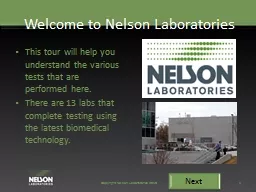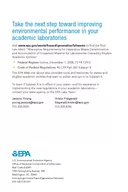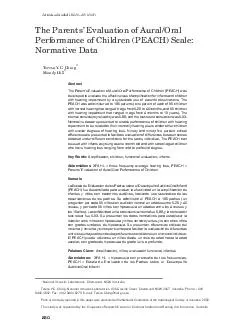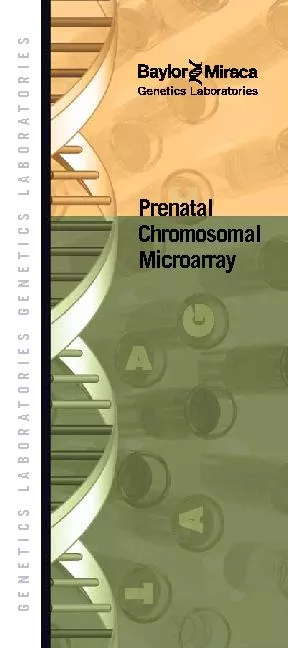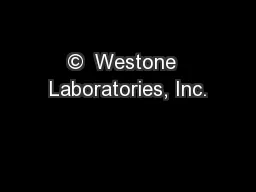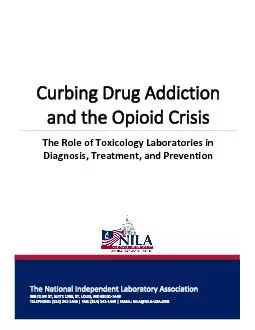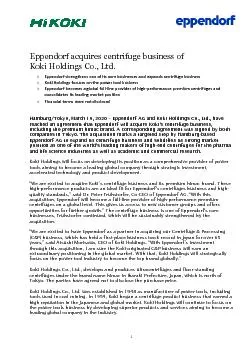PPT-Welcome to Nelson Laboratories
Author : myesha-ticknor | Published Date : 2016-04-05
This tour will help you understand the various tests that are performed here There are 13 labs that complete testing using the latest biomedical technology Copyright
Presentation Embed Code
Download Presentation
Download Presentation The PPT/PDF document "Welcome to Nelson Laboratories" is the property of its rightful owner. Permission is granted to download and print the materials on this website for personal, non-commercial use only, and to display it on your personal computer provided you do not modify the materials and that you retain all copyright notices contained in the materials. By downloading content from our website, you accept the terms of this agreement.
Welcome to Nelson Laboratories: Transcript
Download Rules Of Document
"Welcome to Nelson Laboratories"The content belongs to its owner. You may download and print it for personal use, without modification, and keep all copyright notices. By downloading, you agree to these terms.
Related Documents

